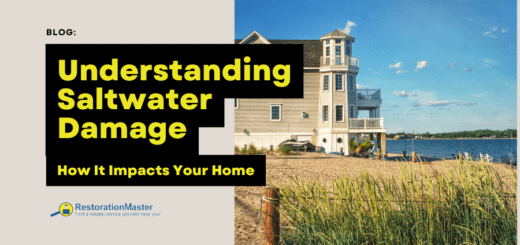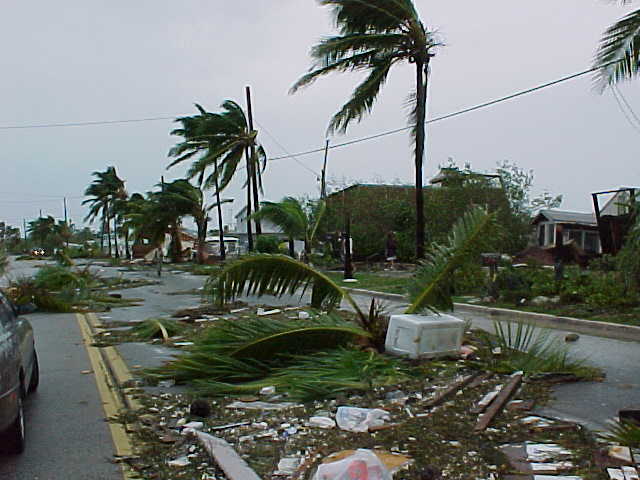5 Things That Can Backfire If You Decide to Repair a Leaky Basement
For DIYers, there is no repairRepair is the act of fixing or restoring damaged property, m... More work that can’t be done. True, but does that mean you can take on any and every repairRepair is the act of fixing or restoring damaged property, m... More work in your home?
When it comes to doing work yourself, mistakes are common. Basement waterproofingWaterproofing is the application of materials or coatings de... More is a prime example of a task that DIYers take on themselves, thinking the work is easy. However, one misstep leads to all your efforts backfiring. Not only that, the process requires a lot of planning and depending on whether or not your basement has a specific problem linked to water leakage – it takes a lot of time and effort. Most homeowners that take on the task end up regretting it.
But don’t worry, we have picked the most common mistakes DIYers make when repairing a leaky basement. With this guide, you won’t end up making these mistakes if you are brave enough to venture into waterproofingWaterproofing is the application of materials or coatings de... More your basement.
Hastily Repairing the Basement
Basement waterproofingWaterproofing is the application of materials or coatings de... More is a delicate process that requires patience. The first thing you need to do is allow the basement to dry. Never attempt to waterproof a basement with standing water. Not only do you risk getting electrocuted, but all your efforts will go in vain.
By allowing the basement to completely dry, you can assess its condition. Check the walls, flooring, ceiling, and other parts of the basement for damage. Also keep an eye out for mold, which can spread into other parts of your home. If you notice any moldMold is a type of fungus that grows in damp or humid conditi... More, call in mold removal professionals to remove it.
The idea is to fix the damage first before you waterproof the basement. Otherwise, you risk the basement being a hazard. Thoroughly inspect your basement before you attempt to waterproof it.
Fixing Symptoms Rather Than the Source of the Problem
There are numerous causes for added moisture in your basement. The most common are:
- Interior water leak: The walls of your basement contain numerous water pipes that can leak with time. Such water leaks require a change of pipe, along with treating cracks in the wall. Otherwise, you will find water in the basement all the time.
- Ineffective grading: When the grading of your basement is ineffective, water from the foundation easily seeps through.
- Defective gutters: Rainwater will accumulate in your basement if the gutters don’t function properly, floodingFlooding is the overflow or accumulation of water in areas t... More the area.
- Cracks in your foundation: Foundation cracks give way for water to easily seep through and get into the basement.
Each of these specific problems requires a different solutionA solution is a homogeneous mixture of two or more substance... More. For example, water leaks leadLead is a heavy metal that can be toxic to humans, especiall... More to cracks in the wall, from which water gets into the basement. Your first impulse would be to seal the crack with a reliable sealant. While applying a sealant isn’t a bad idea, you will need to do more than that. Hydrostatic pressure is aggressive and constant. The basement will continue to experience cracks and leaks until you have the leaking pipe fixed.
Therefore, you need to thoroughly inspect your basement before you waterproof it. Consider calling a professional if you are new to this. They can identify waterproofingWaterproofing is the application of materials or coatings de... More failures in the basement and suggest the best way forward. This will save you a lot of money and hassle later on.
Using an Open Gap System When Waterproofing
A lot of waterproofingWaterproofing is the application of materials or coatings de... More systems installed along the walls of the basement contain a large, exposed gap. The gap serves to collect leaking water from the wall. The system works well at first but will be exposed to dirt and debris with time – resulting in a clogged system.
Find a system that tucks away into the walls and is not exposed to dirt or debris. This way you don’t have to worry about the system getting clogged, resulting in leakage problems.
Installing a One Pump System
The sump pumpA sump pump is a pump installed in a basement or crawlspace ... More is useful in areas that experience heavy rain. It is almost essential, as it allows you to easily pump out the water from your basement. But like any other appliance, it requires electricity to function. Power outages are common when areas experience heavy rain. Without power, water would collect and cause damage in your basement. Oh, and there is always the possibility of moldMold is a type of fungus that grows in damp or humid conditi... More formation due to stagnating water – which is something most homeowners cannot afford.
When shopping for a sump pumpA sump pump is a pump installed in a basement or crawlspace ... More, get a three-pump system. This includes your normal, primary pump, a backup in case the primary doesn’t work, and a battery-operated pump. You will easily be able to pump water out of your basement even with power outages.
Pump systems do wonders when it comes to draining the basement of excess water. But you need to ensure that it is installed properly. If you’ve never installed or worked a pump system before, make sure you get a professional to help out. This way, you don’t risk damaging it during the installation process.
Attempting to Install an Interior Drainage System Yourself
A lot of ambitious DIYers attempt to either install new drainage or extend their existing one. The process requires a lot of planning and work. It isn’t as simple as digging and fitting drainpipes. You need to build new walls, map out the system, and ensure the foundation of the house stays intact.
There are a lot of technicalities that come with installing drainage in the basement, so you should leave it to the professionals. The slightest miscalculation or wrong fitting can leadLead is a heavy metal that can be toxic to humans, especiall... More to a non-functioning drainage system, which would likely result in a basement that floods easily.
Final Thought
WaterproofingWaterproofing is the application of materials or coatings de... More your basement is not an impossible task. After all, many homeowners have successfully done it. It all depends on identifying the problem, tackling it, and having a plan to ensure the repairRepair is the act of fixing or restoring damaged property, m... More is properly done. Yes, that may not seem like a lot, but it can be overwhelming for homeowners to take on the task the first time around.
So, you may want to think twice before venturing off into waterproofingWaterproofing is the application of materials or coatings de... More your basement. There are many highly qualified professionals that can do the job for you. Those opting to do it themselves, because of the costs associated with hiring a professional, should understand that if the repairs aren’t done properly, it will end up costing them more later on.












